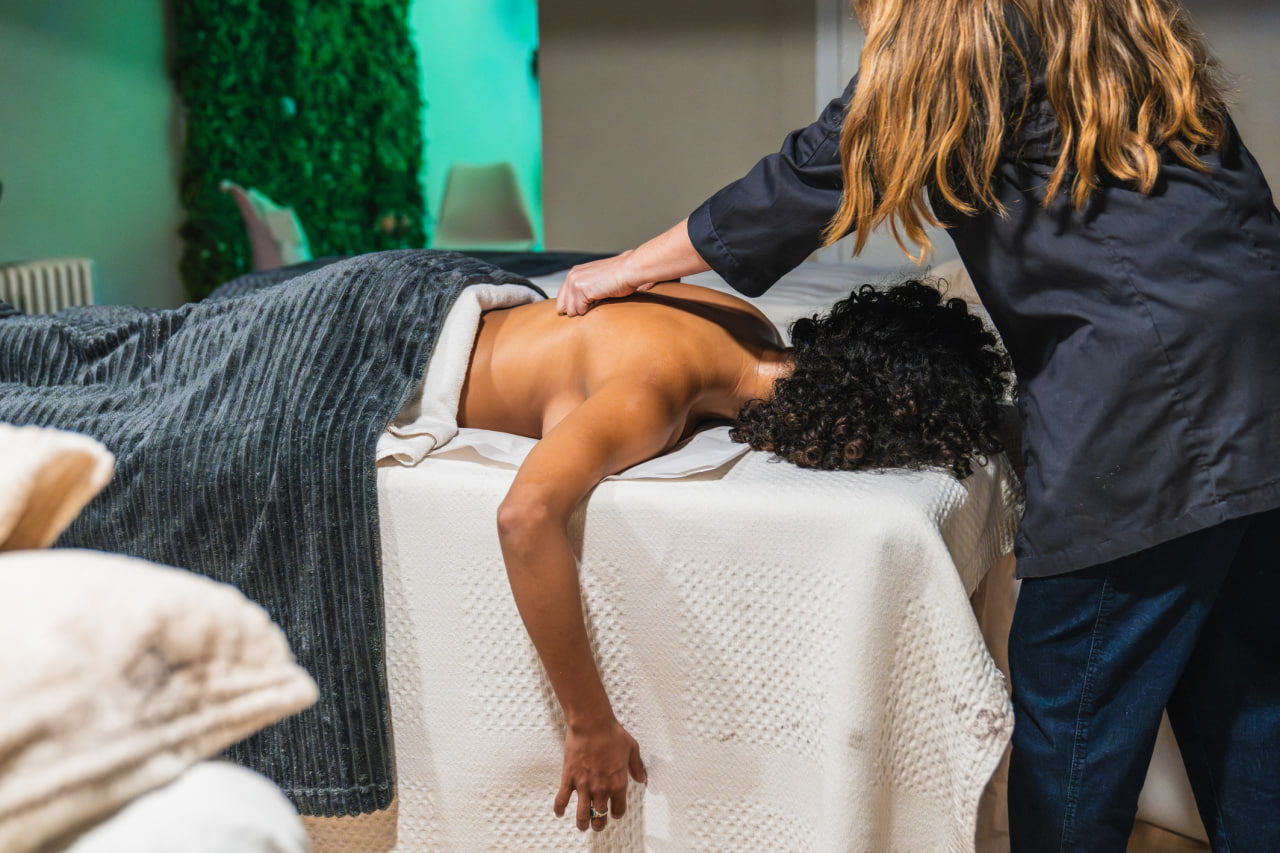Creating the Perfect Space for Home Massage: Atmosphere, Tools, and Mindset
A successful home massage session is about more than technique — it begins with the environment you create. The right space can enhance relaxation, focus, and emotional connection, transforming a simple touch into a holistic experience. By paying attention to atmosphere, tools, and mindset, anyone can cultivate a sanctuary that supports both giver and receiver.
Designing a Calming Atmosphere
The environment sets the tone for every massage. A space that feels inviting and serene encourages the nervous system to shift into a relaxed state. Start by considering lighting: soft, diffused light reduces tension and creates a sense of warmth. Natural light is ideal, but if that’s not possible, adjustable lamps or candles can provide a gentle glow that signals rest and safety.
Sound is equally important. Background music, ambient nature sounds, or even silence can help the body release stress. Avoid harsh or sudden noises, and choose sounds that evoke calmness. Aromas also influence mood — essential oils such as lavender, chamomile, or eucalyptus can enhance relaxation and provide a subtle sensory cue for the brain to slow down.
Clutter-free spaces support mental clarity. Clear surfaces and organized supplies prevent distractions and help the massage feel intentional rather than rushed. Every element of the room should communicate care and attention.
Essential Tools for Home Massage
While technique is the core of any massage, the right tools amplify its effectiveness and comfort. Comfortable surfaces such as a padded table, mat, or sturdy bed are essential. The recipient should feel fully supported, and their body should be aligned to prevent strain during the session.
Massage oils, lotions, or balms reduce friction and allow smooth, controlled movements. Each product has its own texture and scent, and selecting one that is gentle on the skin adds to the overall sensory experience. Towels or blankets provide warmth, create boundaries, and can also be used for draping to maintain modesty and comfort.
Additional tools such as massage balls, rollers, or handheld devices can be incorporated for targeted relief, but they should complement rather than replace mindful hands-on techniques. The key is to keep tools simple and intuitive, ensuring they enhance rather than distract from the connection.
Preparing the Mindset
The mental state of both giver and receiver influences the quality of a massage session. Before beginning, take a moment to center yourself. Deep breathing, visualization, or a short mindfulness exercise can help calm the mind and bring attention fully to the present moment.
Intentionality matters. Every touch should be purposeful and responsive, rather than rushed or mechanical. Observing body language and asking gentle questions helps ensure comfort and guides pressure, rhythm, and focus. Cultivating patience allows the massage to unfold naturally, creating a flow that benefits both participants.
Structuring Your Home Massage Ritual
Consistency and ritual make home massage more effective over time. Start by setting a dedicated space that can remain largely unchanged for each session. This creates familiarity, signaling to the body that it is time to relax. Begin with a brief check-in with the recipient to understand their needs, areas of tension, and any preferences.
Follow with a gentle warm-up — light strokes to prepare muscles and invite relaxation. Gradually move into deeper techniques, keeping in mind the recipient’s comfort and responsiveness. End with a cooling-down phase, returning the body to calm and providing space to integrate the experience.
Fostering Connection Through Environment
The home massage space is also a place to nurture relationships. When the atmosphere, tools, and mindset are aligned, touch becomes a form of communication — a language of care, attention, and presence. A thoughtfully prepared environment enhances trust, reduces anxiety, and allows both giver and receiver to engage fully in the shared moment of relaxation.
Maintaining the Space for Long-Term Practice
To sustain the benefits of home massage, treat the space as a long-term sanctuary. Regularly clean surfaces, replenish oils or lotions, and update tools as needed. Adjust lighting, sound, and temperature to match seasonal changes or personal preferences. By maintaining a space dedicated to mindful touch, massage becomes more than a technique — it becomes a practice that supports overall well-being and emotional connection.

